Willythekid
I really should change my personal text
- Joined
- 13 July 2018
- Messages
- 194
- Reaction score
- 1,063
rgantd undefeated at publishing mirrored photos in false color«ENERGIA-BURAN» - FLIGHT OF DREAMS:
DECLASSIFIED HISTORY IN THE DOCUMENTS OF RGANTD (*)
Today in Tver at the All-Russian festival of historical films “KinoVECHE” opened an exhibition of documents from the RGANTD funds, telling about the most complex russian technical invention of the 20th century - the Buran space shuttle.
(*) Russian State Archive of Scientific and Engenering Documentation
View attachment 741753
View attachment 741754
View attachment 741755
View attachment 741756

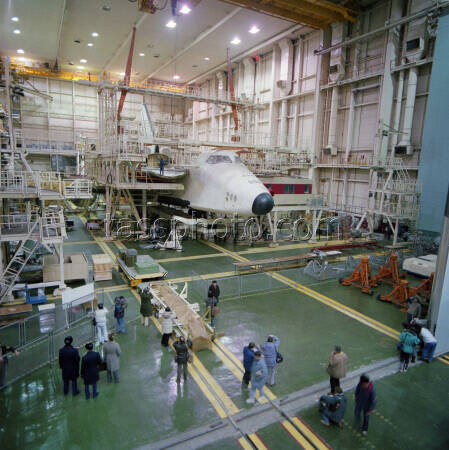
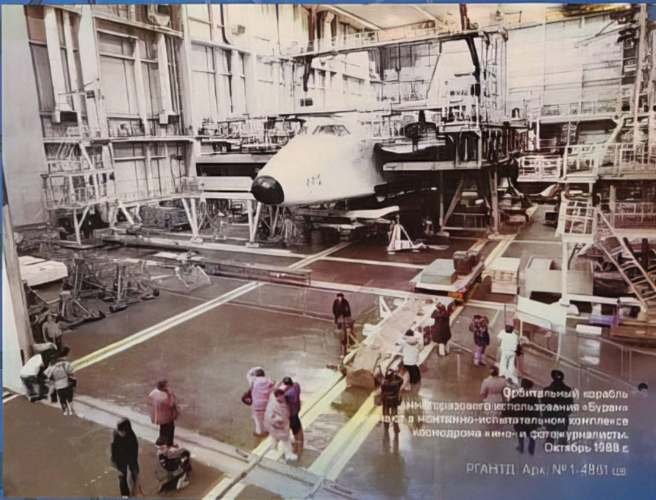
Restored field sequential color TV footage of the Shuttle Buran cockpit camera during reentry. Some maneuvering is shown, performed by the autopilot system, as the shuttle glides towards the landing field. Probably in real speed, but the actual video framerate is unknown.
The original black and white raw footage is from buran.ru Similar to Apollo (and early US Shuttle) TV cameras the system was field sequential - each image was taken through a different color filter, in sequence. Reconstructing this sequence it's possible to recover color, at the expense of motion artifacts.
Lack of funds due to the collapse of the Soviet Union however the Buran could've made money and been preserved if Kazakstan had made it and the centre it was stored at a tourist-attraction.How could these people let this stuff go to waste!
Buran #2 (1.02) at launch pad.

Different RCS in the nose?
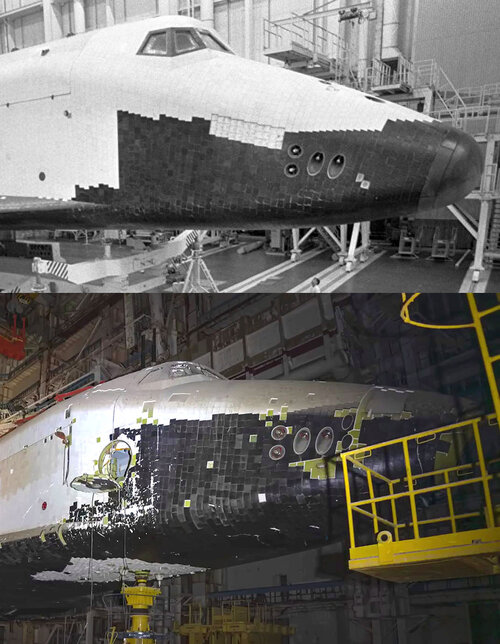
Lack of funds due to the collapse of the Soviet Union however the Buran could've made money and been preserved if Kazakstan had made it and the centre it was stored at a tourist-attraction.
The whole Space Shuttle saga (Shuttle / Buran / Hermes) was an evolutionary deadend similar to dinosaurs.


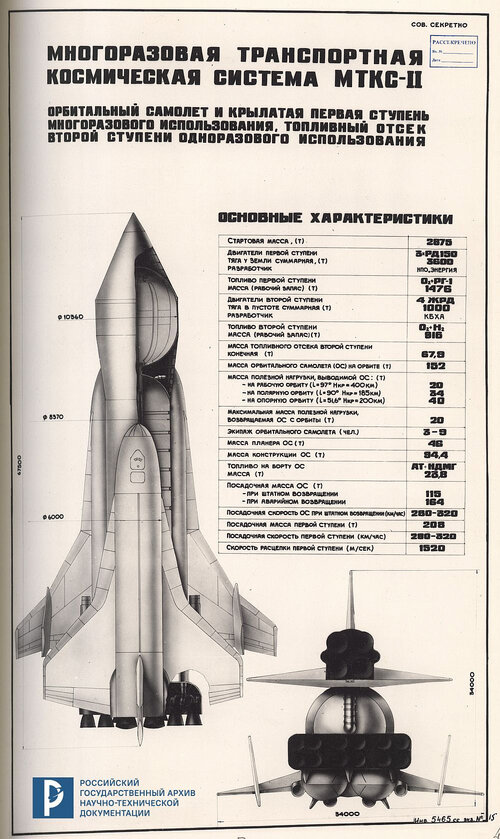
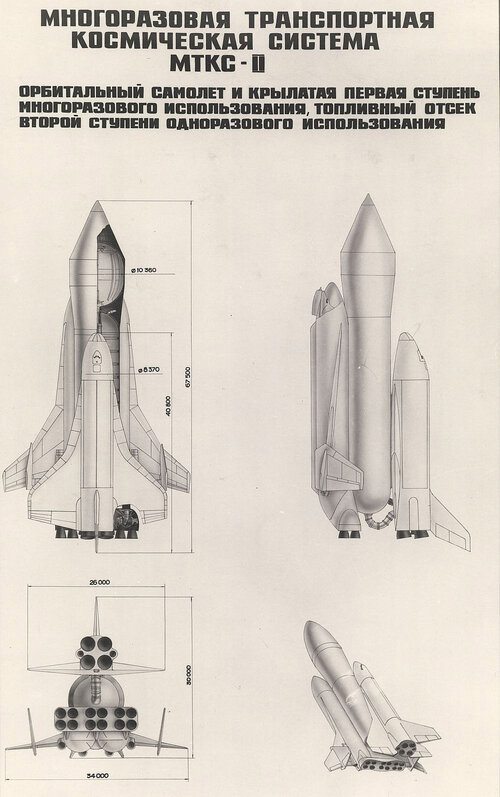
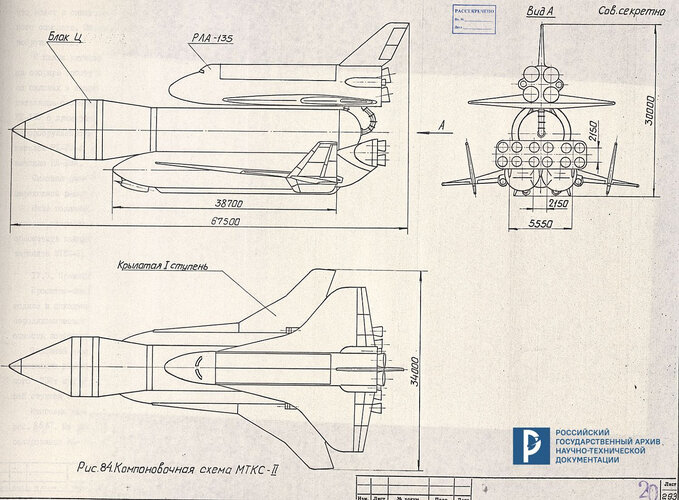
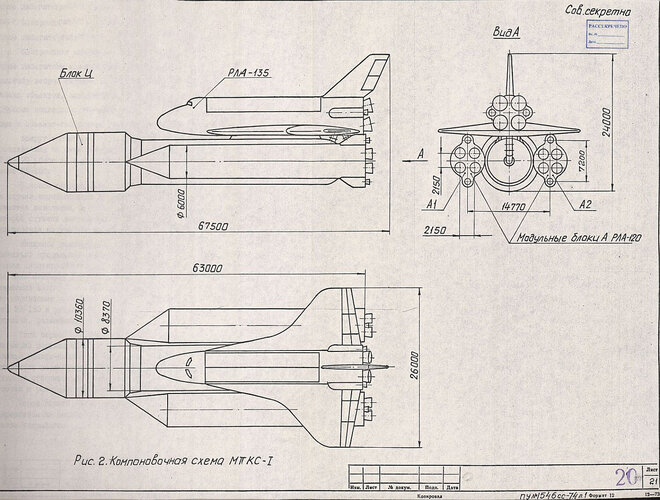
Any idea what it could be?
thanks so much for the pictures willythekid. really lifted this thread up with them.

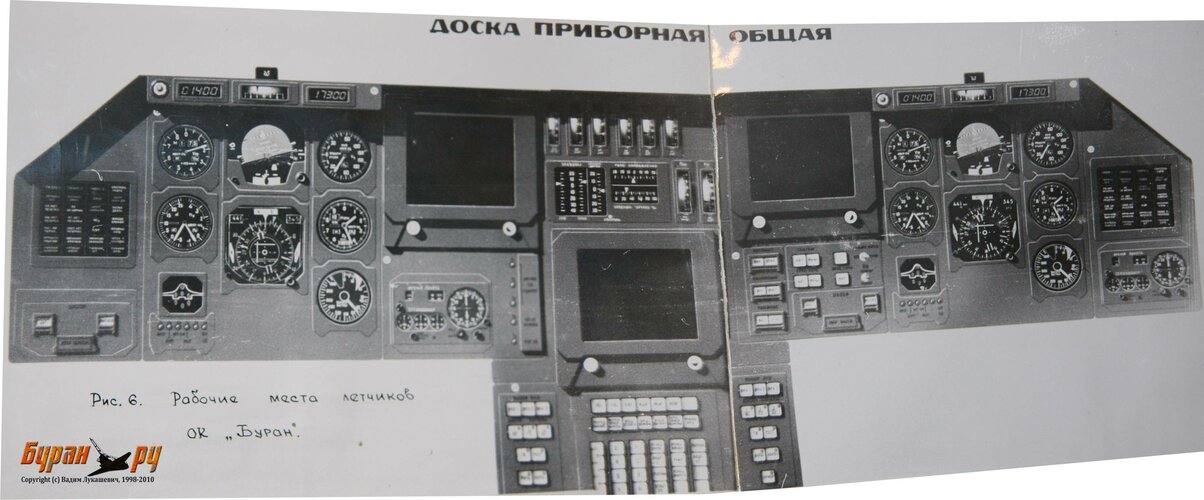
I thought I'd jump in.Buran 1K, the one that flew in space, was built with all the plumbing for a pair of AL-31F turbofans, seating on both sides of the vertical tail. In fact they almost flew in December 1988, but were retired only a few weeks before the flight, the empty spaces being filled with thermal protection sheeting. And I'm NOT talking about OK-GLI, with had four turbofans but never went in space. But 1K, the first Buran that flew late 1988.
Do you have any picture of that ? would be pretty awesome. AFAIK it was the closest, ever, that turbofans flew in orbit.
For the sake of comparison, the Space Shuttle turbojets, dropped in 1974, were to be in a removeable pack to be bolted to the orbiters belly only for subsonic ferry flights - look ma, no need for 747-SCA nor mate/demate device. They would not have flown in orbit.
Buran advantage in comparison was that, since the SSMEs ( = RD-0120s) were expendable and on the Energiya booster, the Buran orbiter rear end was available to put the OMS. So unlike the US Shuttle, no need for OMS pods on both side of the vertical tail... thus the place was "free" for the AL-31F.
SHUTTLE : SSME + OMS pods + F401 turbofans : tail, side pods, belly.
BURAN : RD-0120 + OMS + AL31F turbofans : Energiya, tail, side pods.
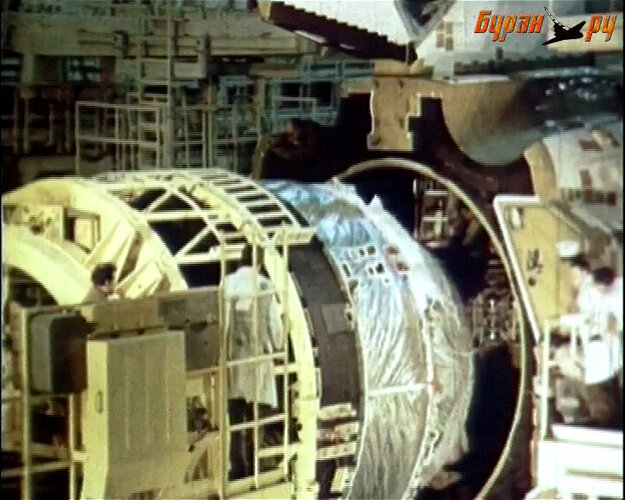
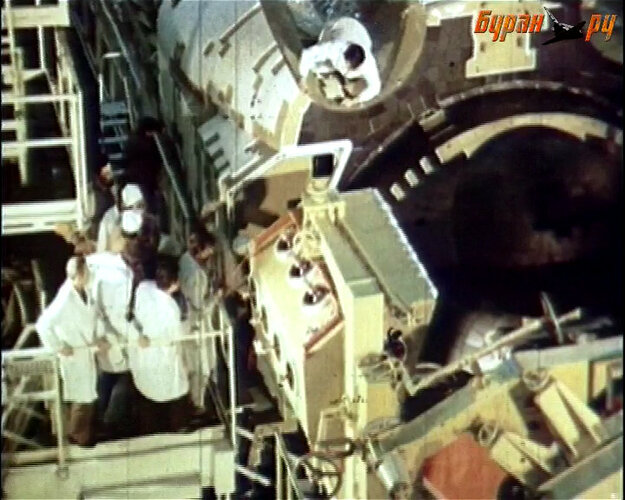
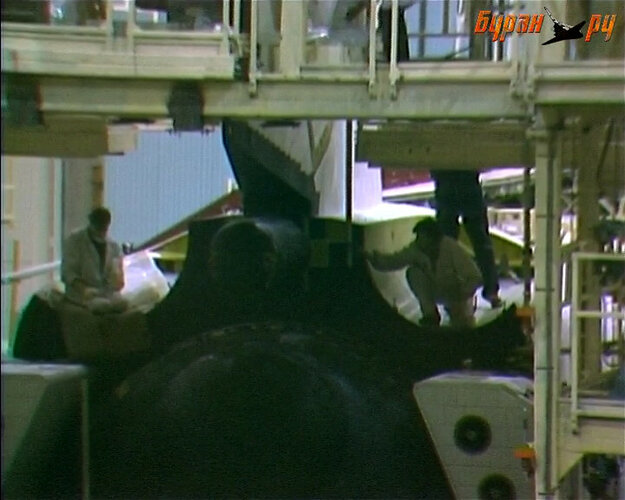
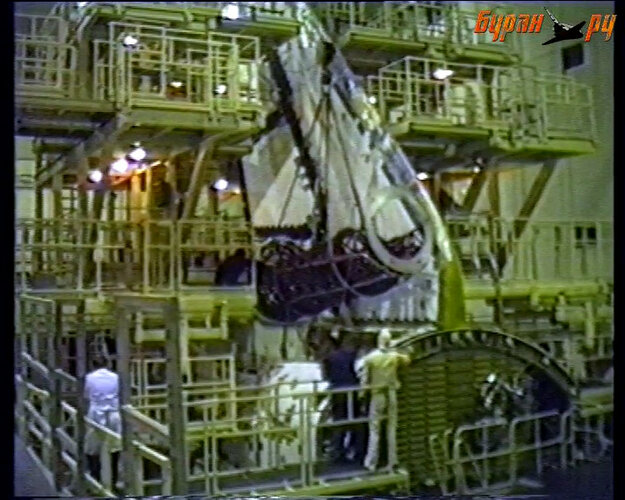
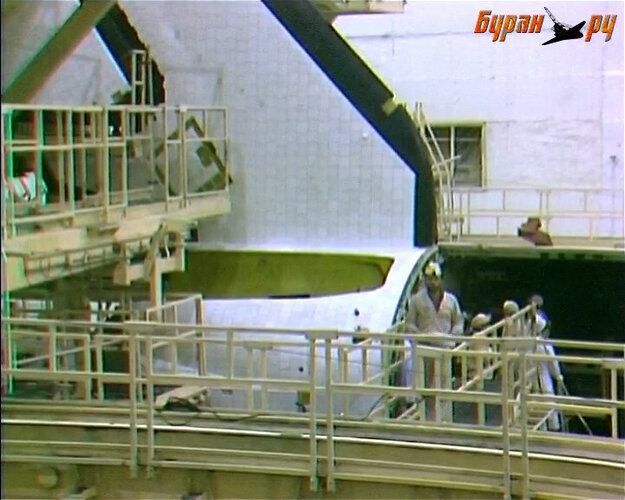
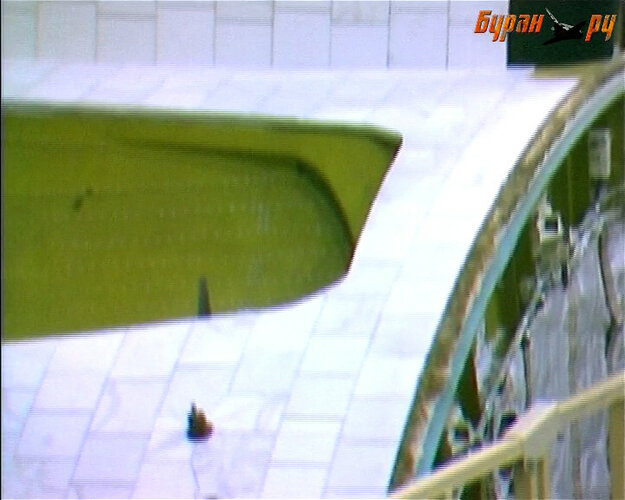
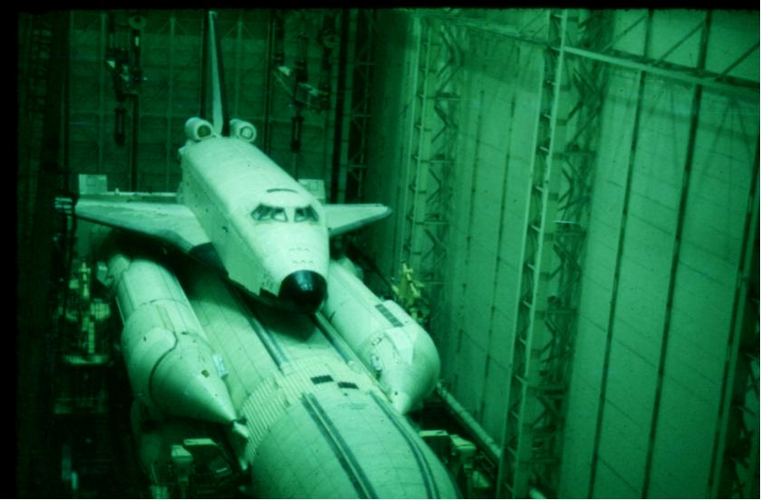
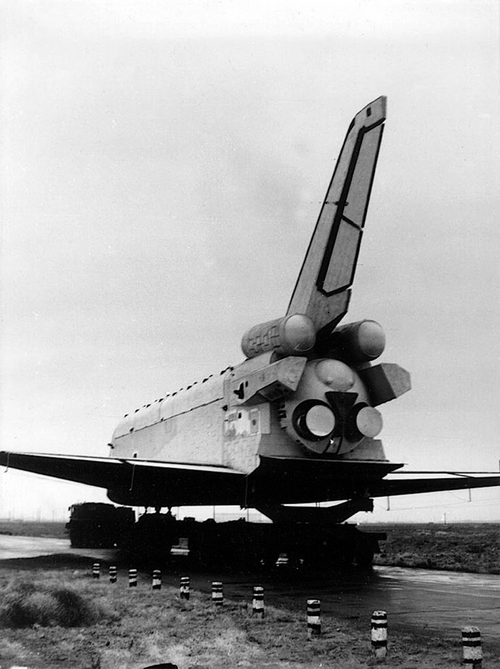
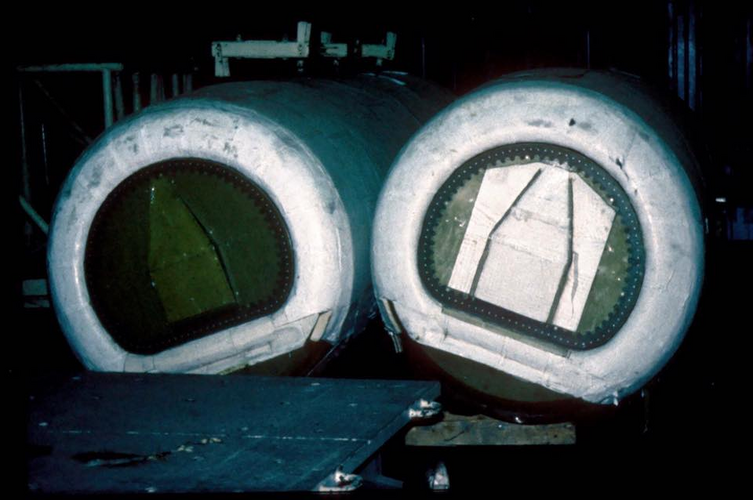
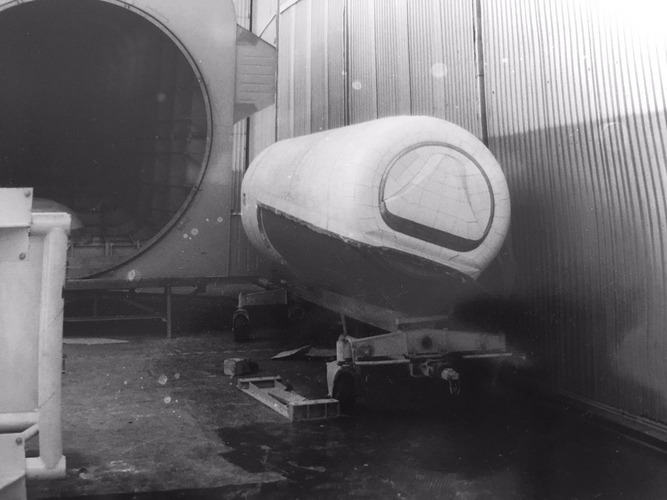
Изначально (1976-1977 годы) предполагалось построить два корабля - 1.01 и 1.02 (первая серия).From https://medium.com/@energiaburan/je...m-how-npo-molniya-improved-buran-4d2f7f9d3eaa
"The “standard” Buran nose RCS cluster has 6 maneuvering thruster nozzles on the top surface and four each on the left and right sides for a total of 14 nozzles (unlike the Shuttle, Buran did not have any vernier thrusters in the nose cluster, only in the two aft clusters). But from the second flight orbiter onward, the vehicles have two extra nozzles either side of the cluster for a total of 18 nozzles."
Buran 1.01 (top) - Buran 1.02 (below)
View attachment 742381
На buran.ru - цифровая копия оригинала (кассета с аналоговым BETACAM) без последующей обработки, скорость реальная, частота кадров 25 fpsЯ только что наткнулся на это видео «Буран» от Retro Space:
Верхнее фото вывоз "Бурана" летом 1988 года на стартовый комплекс для примерки, нижнее фото - после полета, перед показом корабля президенту Франции Франсуа Миттерану
